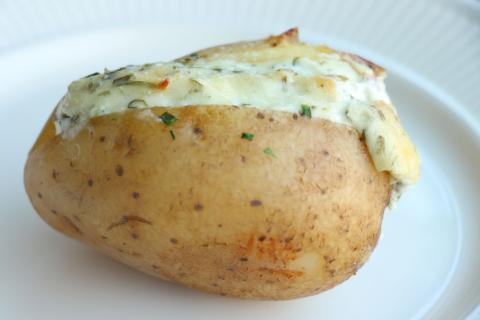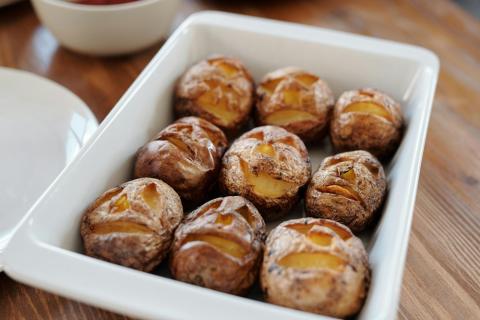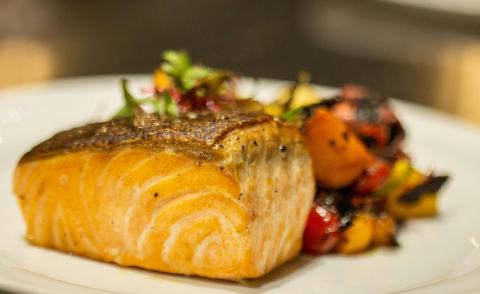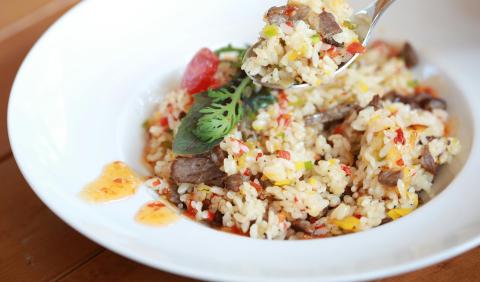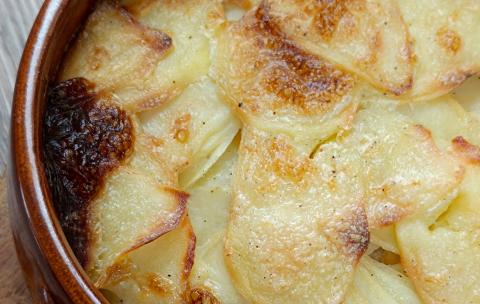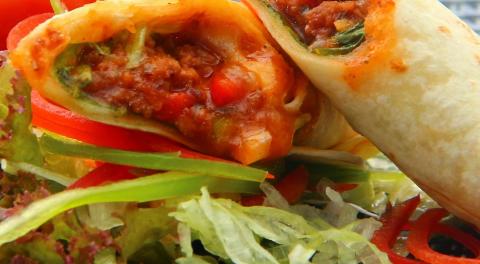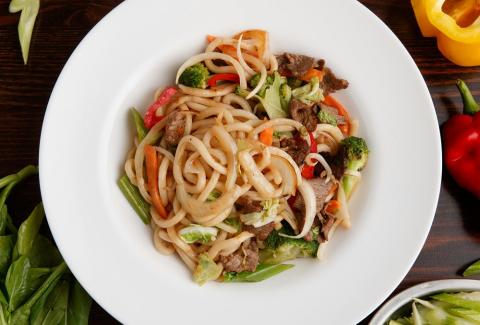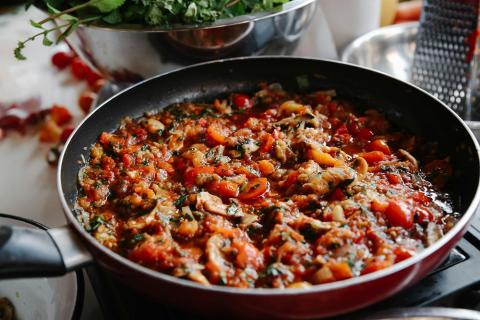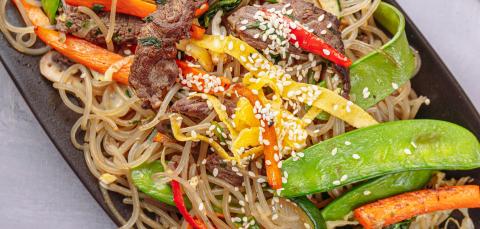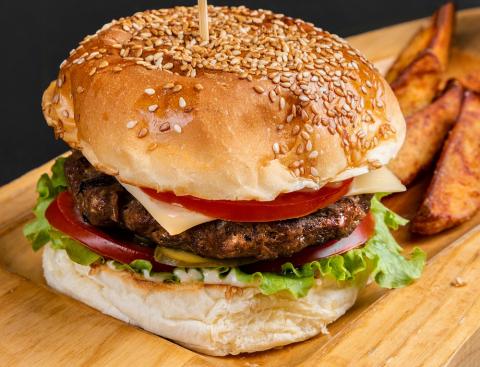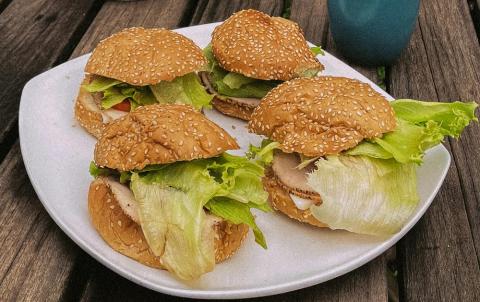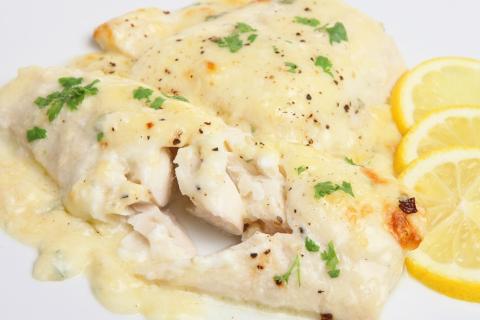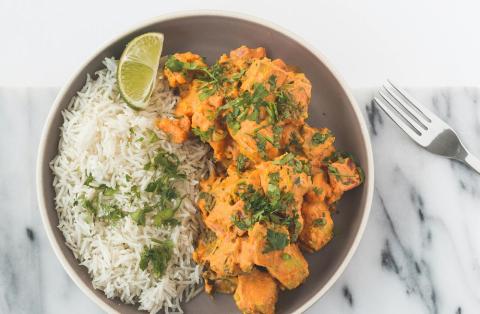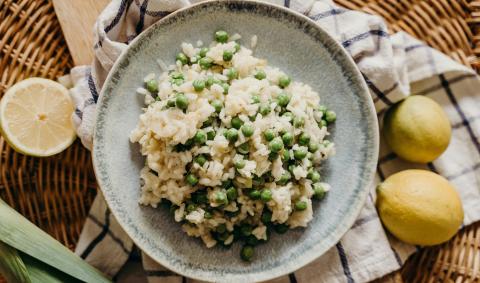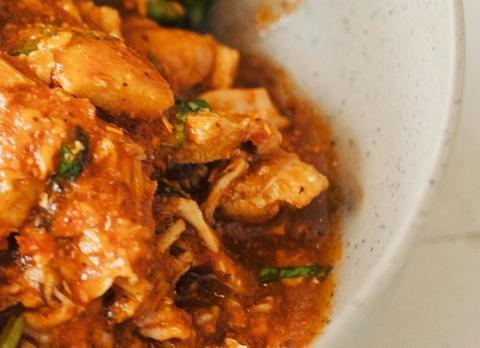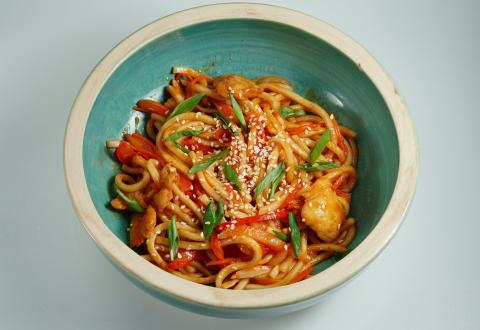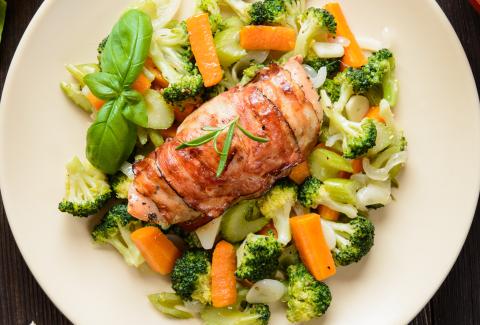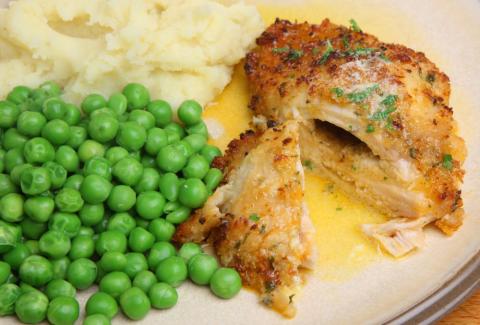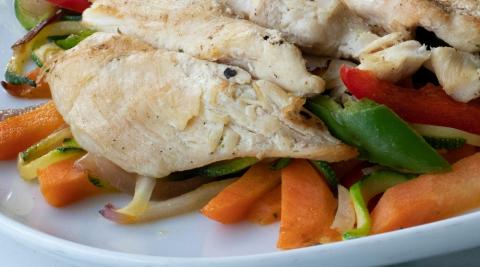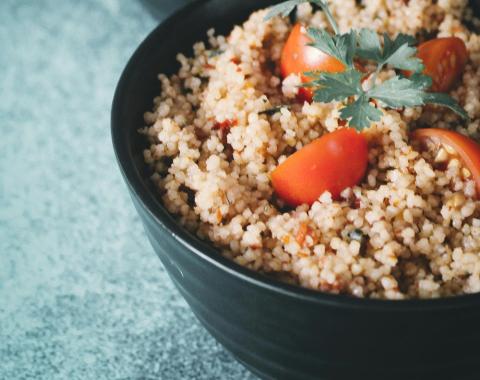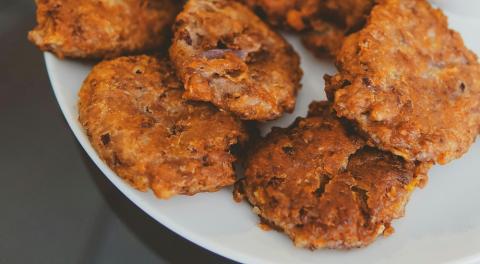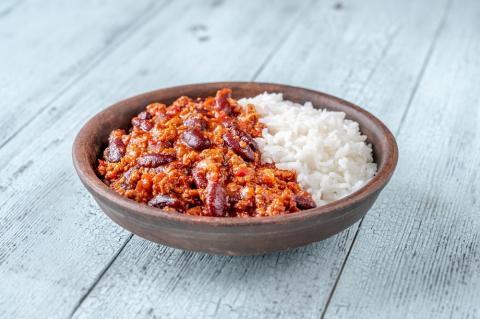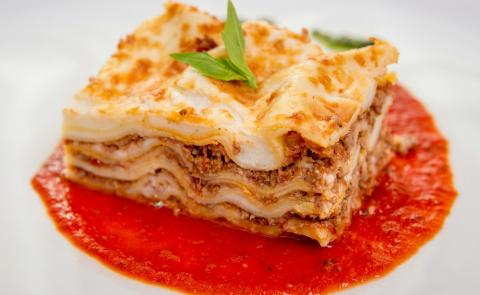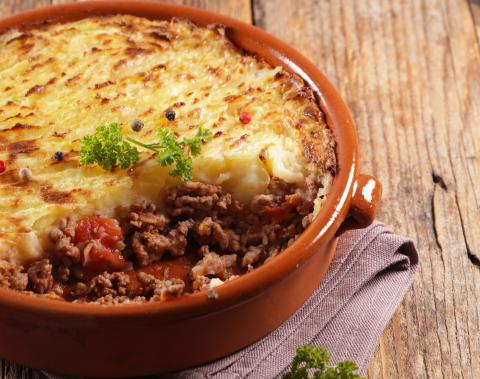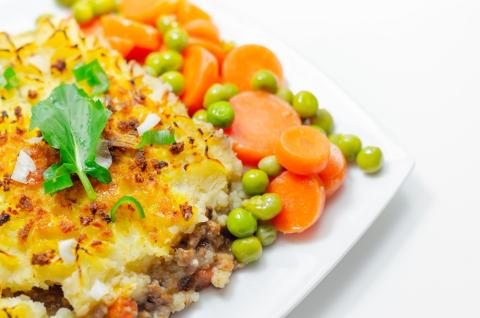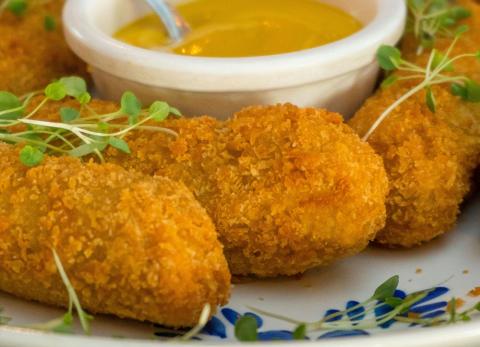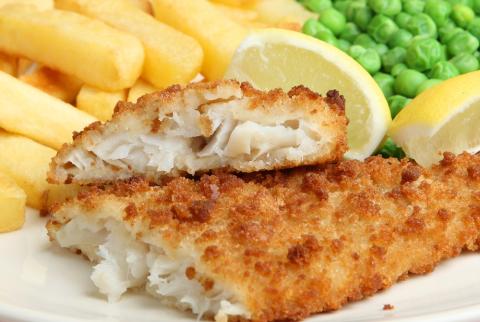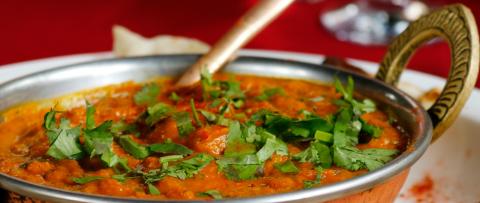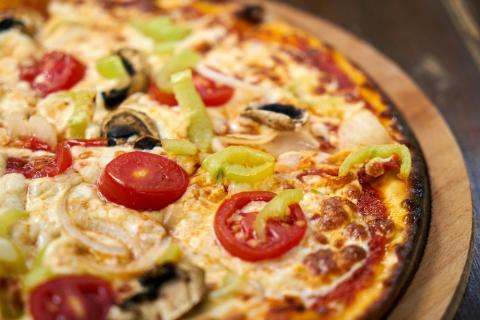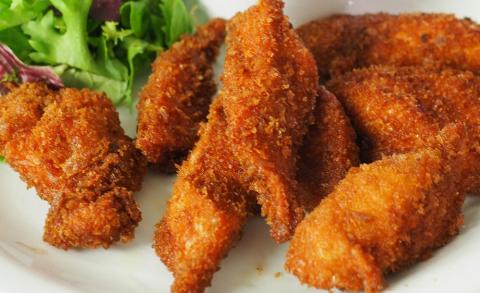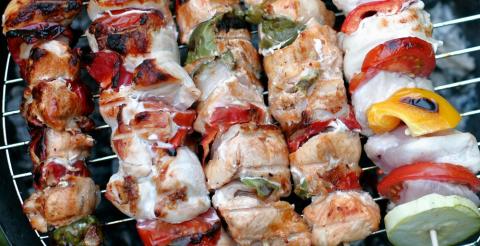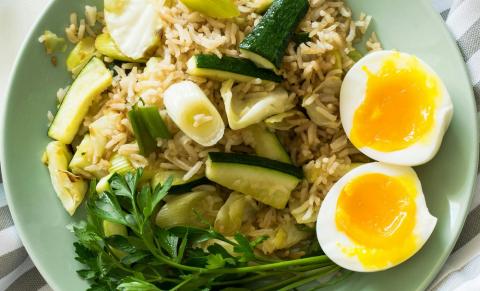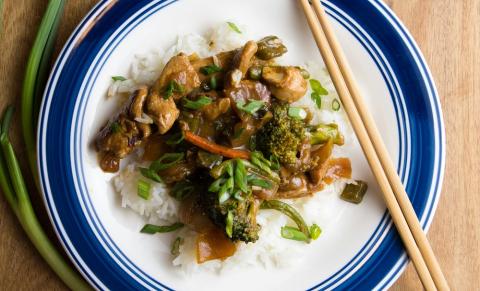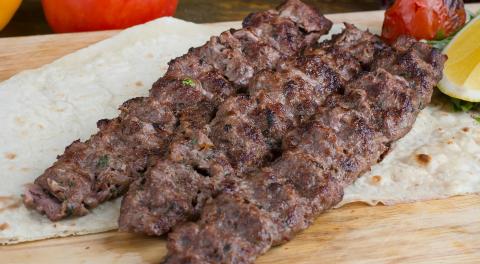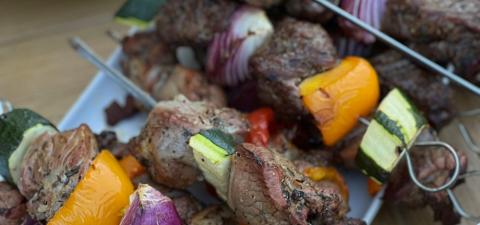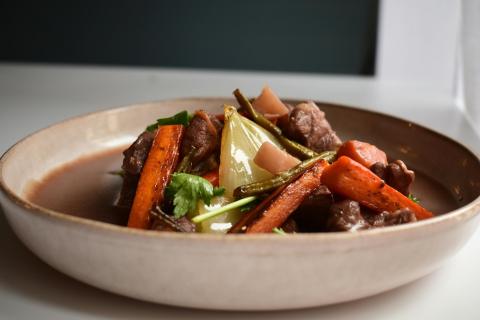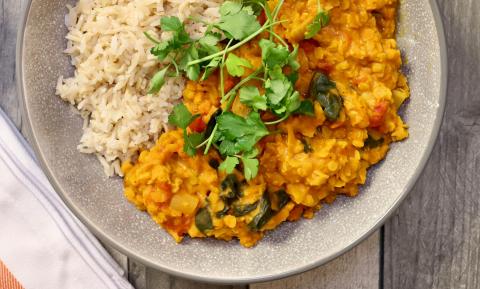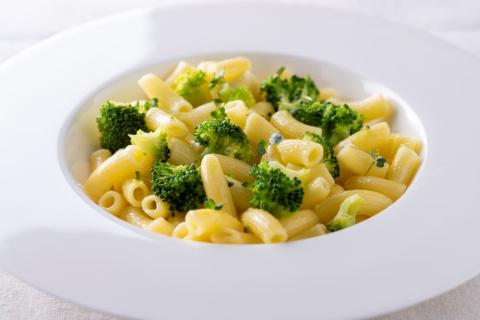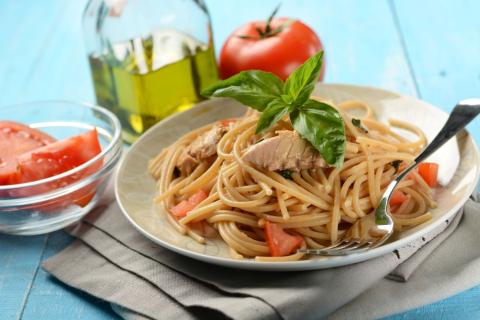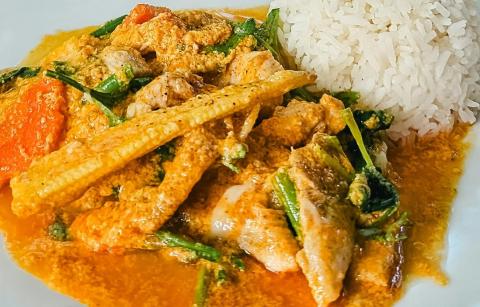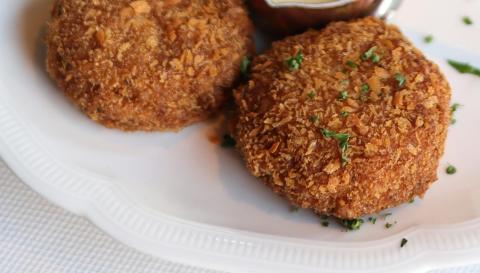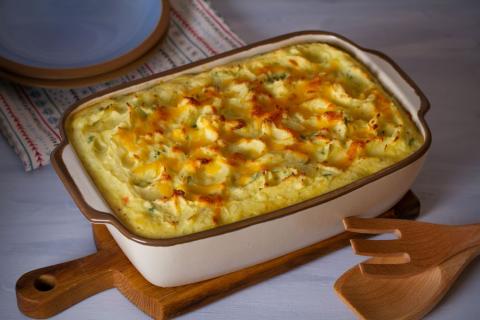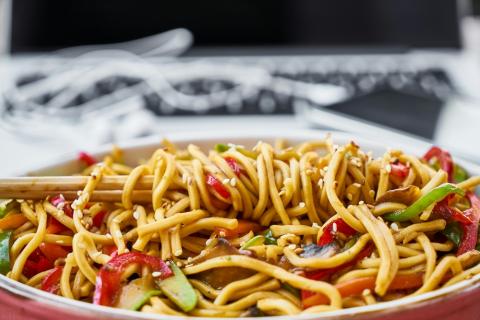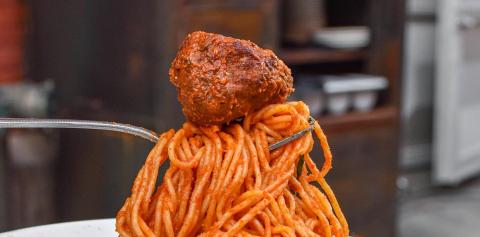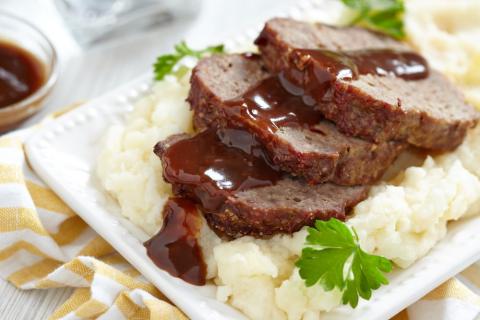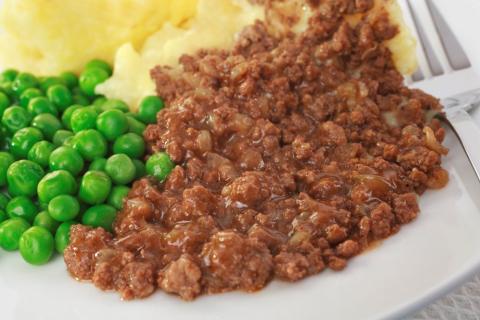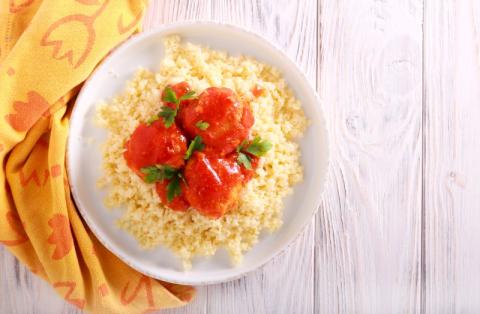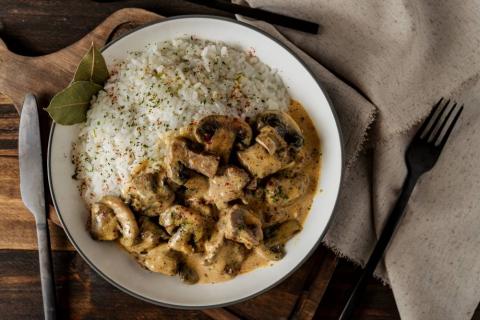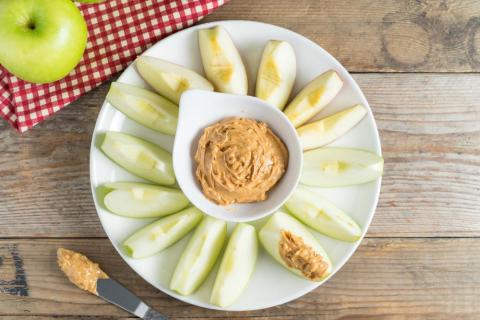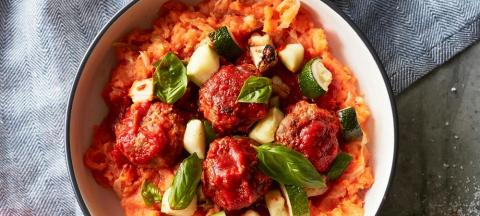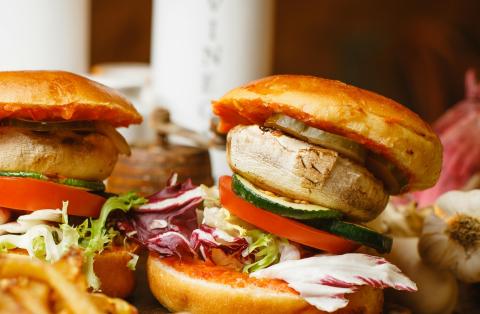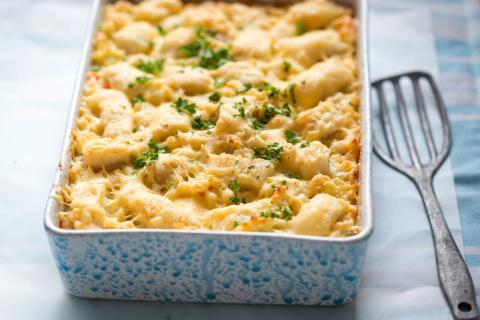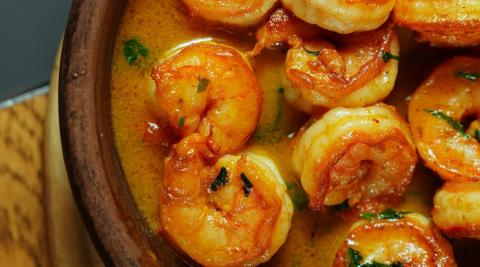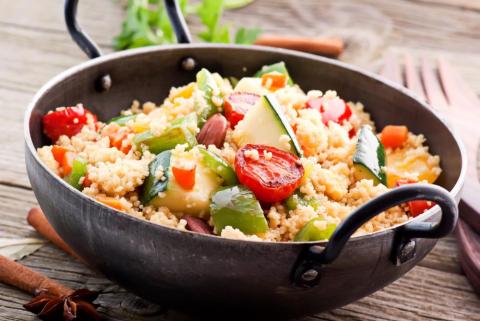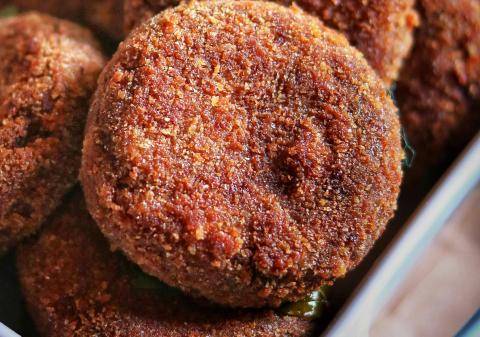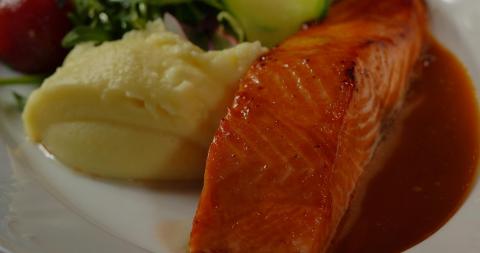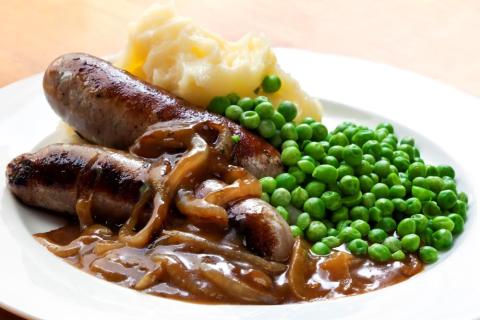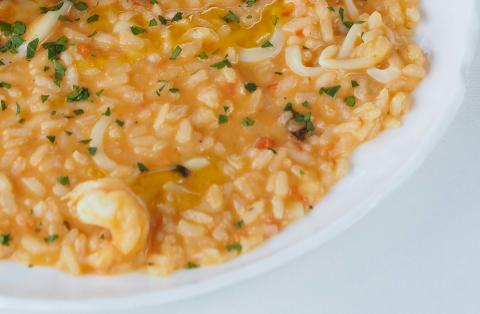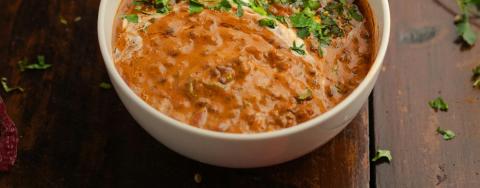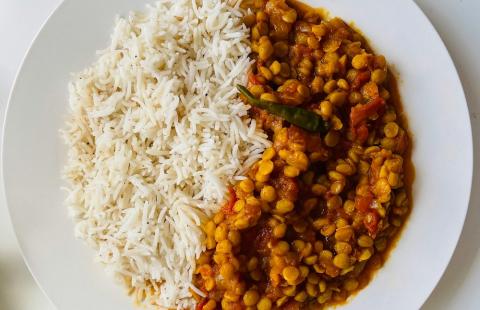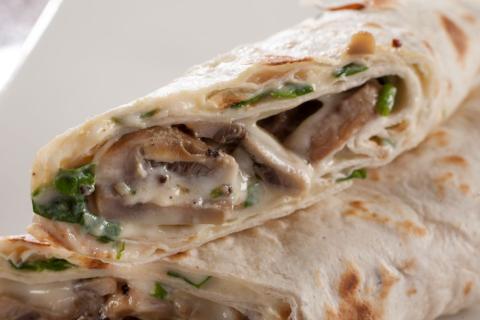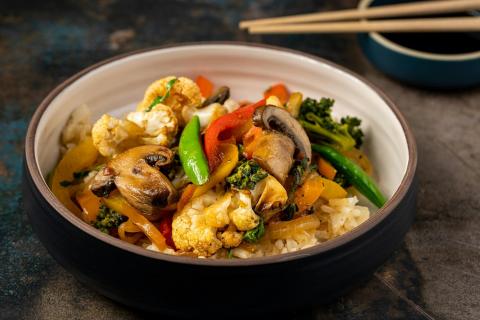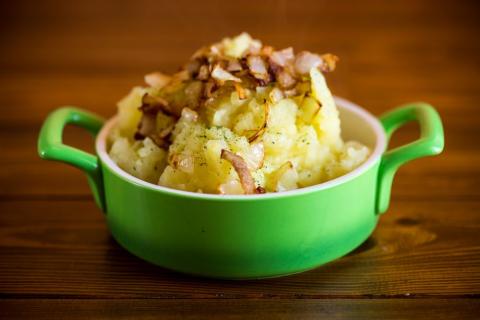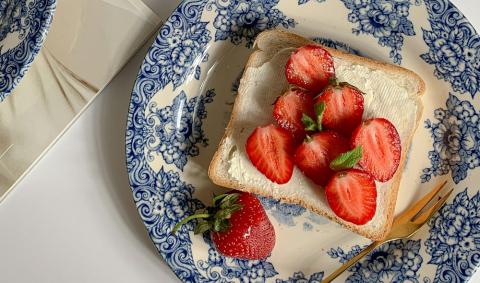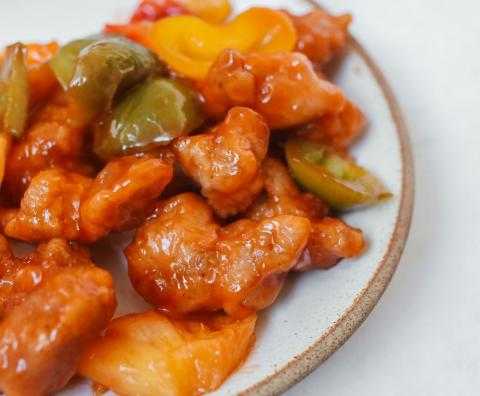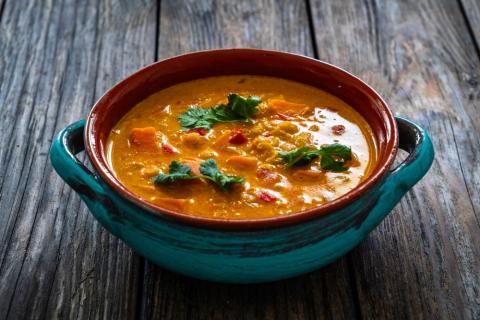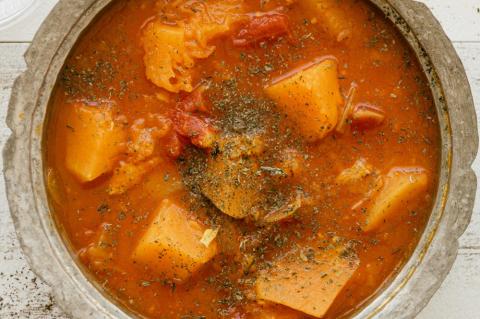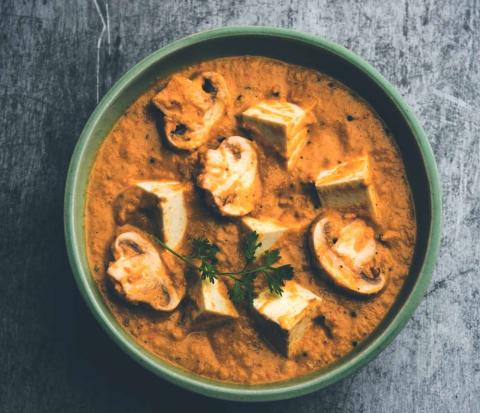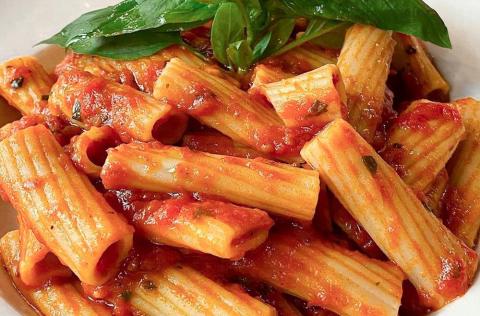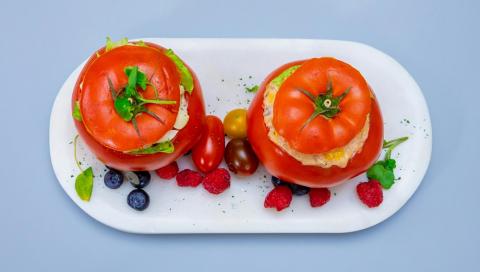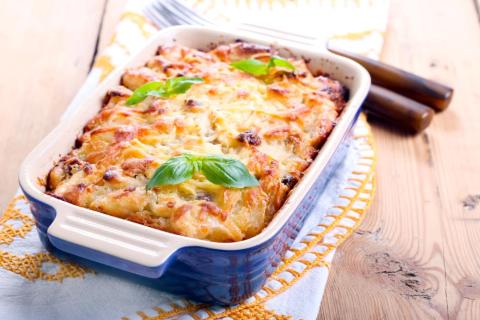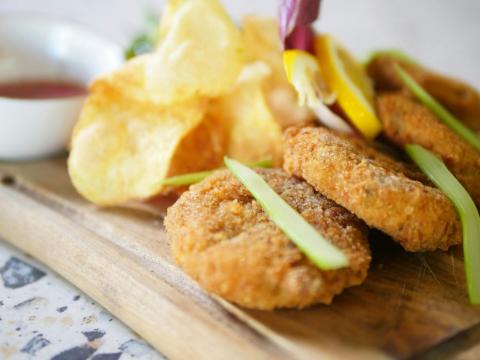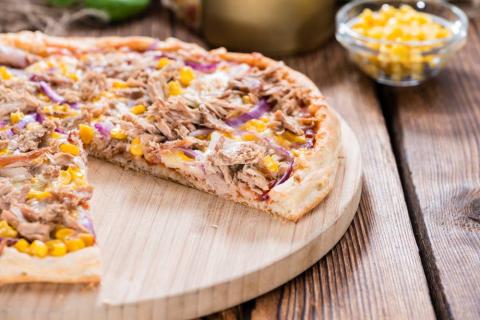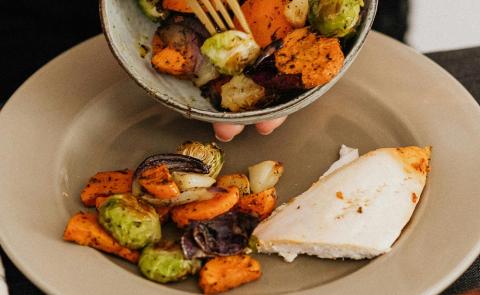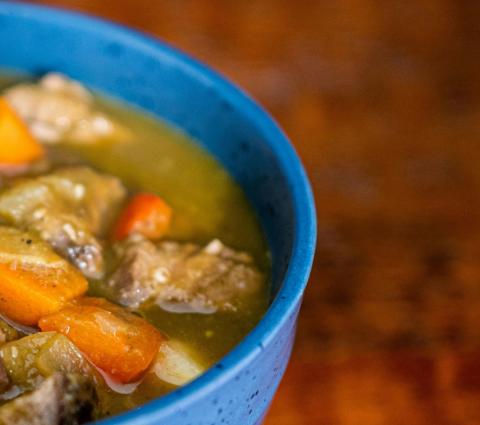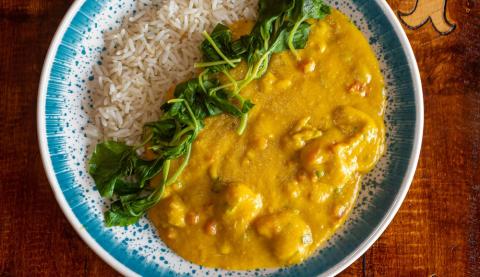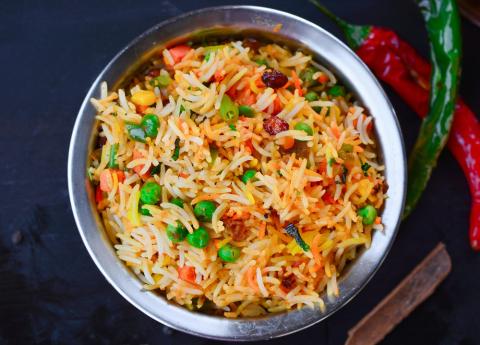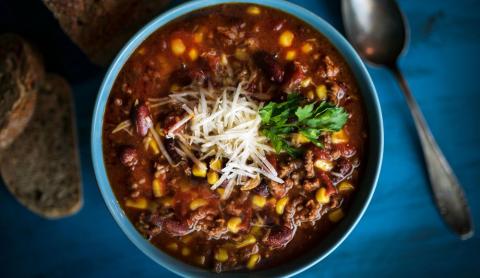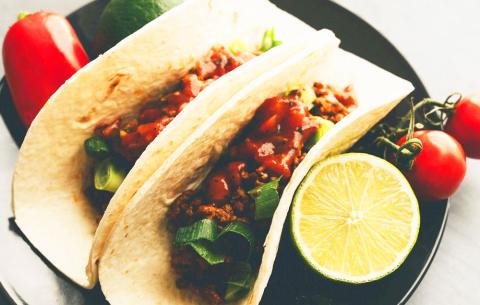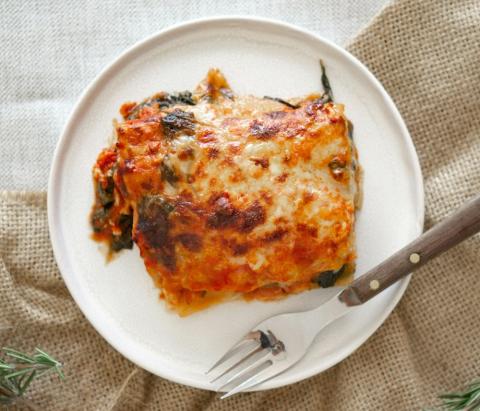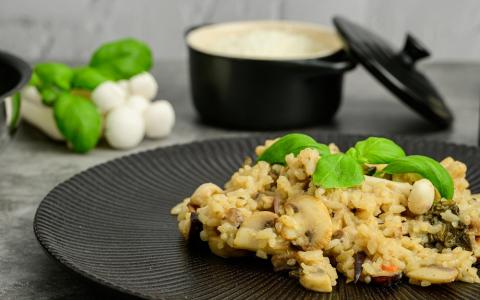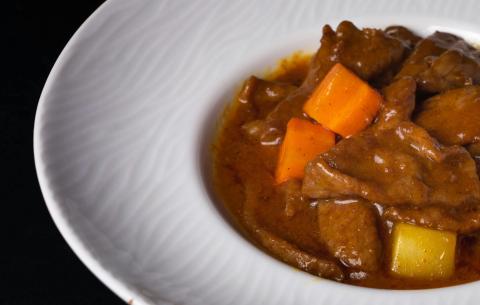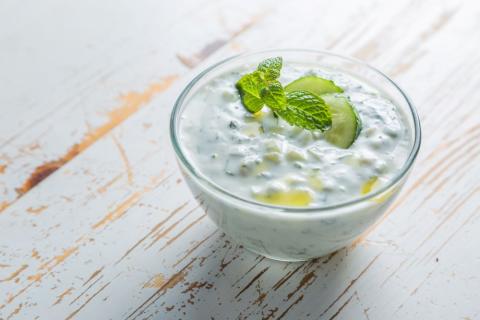- 1 diced Pack (400g) Venison
- 2 Tablespoons (20g) Vegetable Oil
- 2 medium sized (300g) Onions
- 1 (3g) Garlic Clove
- 2 Tablespoons (30g) Worcestershire Sauce
- 2 Teaspoons (2g) Dried Thyme
- 1 (1g) Bay Leaf
- ½ Pint (300ml) Water
- 3 large sized (600g) Potatoes
- ½ (300g) Swede
- 2 (280g) Parsnip
- 2 medium sized (160g) Carrots
- 1 heaped tablespoon Tablespoon (30g) Plain Flour
Ingredients
Allergy Disclaimer
Always check the label of each ingredient for allergy warnings.
Method
- In a large pan heat the oil and then add venison until it turns brown.
- Peel and dice the onions and garlic and add to the pan and fry for another 5 minutes.
- Peel and dice the swede, carrots, parsnips and potatoes. Add Worcestershire sauce, thyme and bay leaf along with vegetables and water to the pan.
- Bring the pan to the boil then reduce the heat and cover a lid, simmering until the vegetables are tender.
- Mix the flour with 2 tablespoons of water then stir into the pan to thicken the stew.
- Remove the bay leaf before serving.
Time Saver Tips
Can be made in advance and heated through when ready to serve.
Cost Saver Tips
Can be made with other red meat such as lamb or beef. Look for offers!
Tips for Kids
They will enjoy helping to prepare the vegetables.
Nutritional Information
Based on a single serving of 440g (% of an adult's reference intake)
Energy
405 kcals ( 20 %)
1,698 kJ ( 20 %)
Fat
1.8 g ( 9 %)
Saturates
50.2 g ( %)
Sugar
13.6 g ( 15 %)
Salt
0.4 g ( 7 %)
Detailed nutritional information
| Per 100g | Per 440g serving | |
|---|---|---|
| Energy Kcals | 92 | 405 |
| Energy Kj | 386 | 1,698 |
| Protein | 7.5 g | 33 g |
| Total Fat | g | g |
| Saturated Fat | 0.4 g | 1.8 g |
| Carbohydrates | 11.4 g | 50.2 g |
| Total Sugars | 3.1 g | 13.6 g |
| NSP Fibre | 1.7 g | 7.5 g |
| Sodium | 48 mg | 211 mg |
| Salt | 0.1 g | 0.4 g |
Find out about nutritional labelling
Nutrition labels on the front of packaging
- Most of the big supermarkets and many food manufacturers display nutritional information on the front of pre-packed food.
- Front of pack nutrition labels provide information on the number of grams of fat, saturated fat, sugars and salt and the amount of energy (in kJ and kcal) in a serving or portion of a recipe.
- The labels also include information about reference intakes (expressed as a percentage) which are guidelines about the approximate amount of particular nutrients and energy required for a healthy diet.
- The colour coding tells you at a glance if the food has high (red), medium (amber) or low (green) amounts of fat, saturated fat, sugars and salt.
- The more greens on the label, the healthier the choice
- Amber means neither high nor low, so you can eat foods with all or mostly ambers on the label most of the time.
- Reds on the label means the food is high in that nutrient and these are the foods we should cut down on. Try to eat these foods less often and in small amounts.
Food shopping tips
If you’re trying to decide which product to choose, check to see if there's a nutrition label on the front of the pack. This will help you to quickly assess how your choices stack up. You will often find a mixture of red, amber and green colour coding for the nutrients. So when you're choosing between similar products, try to go for more greens and ambers and fewer reds if you want to make a healthier choice.
 Activities & Play
Activities & Play Behaviour
Behaviour Childcare
Childcare Development & Growing Up
Development & Growing Up Family, Friends & Relationships
Family, Friends & Relationships Feeding Your Baby
Feeding Your Baby Food & Eating
Food & Eating Health & Safety
Health & Safety Mental Health & Wellbeing
Mental Health & Wellbeing Money & Work
Money & Work Online Behaviour & Safety
Online Behaviour & Safety Pregnancy & First Days
Pregnancy & First Days School & Education
School & Education Sleep
Sleep


